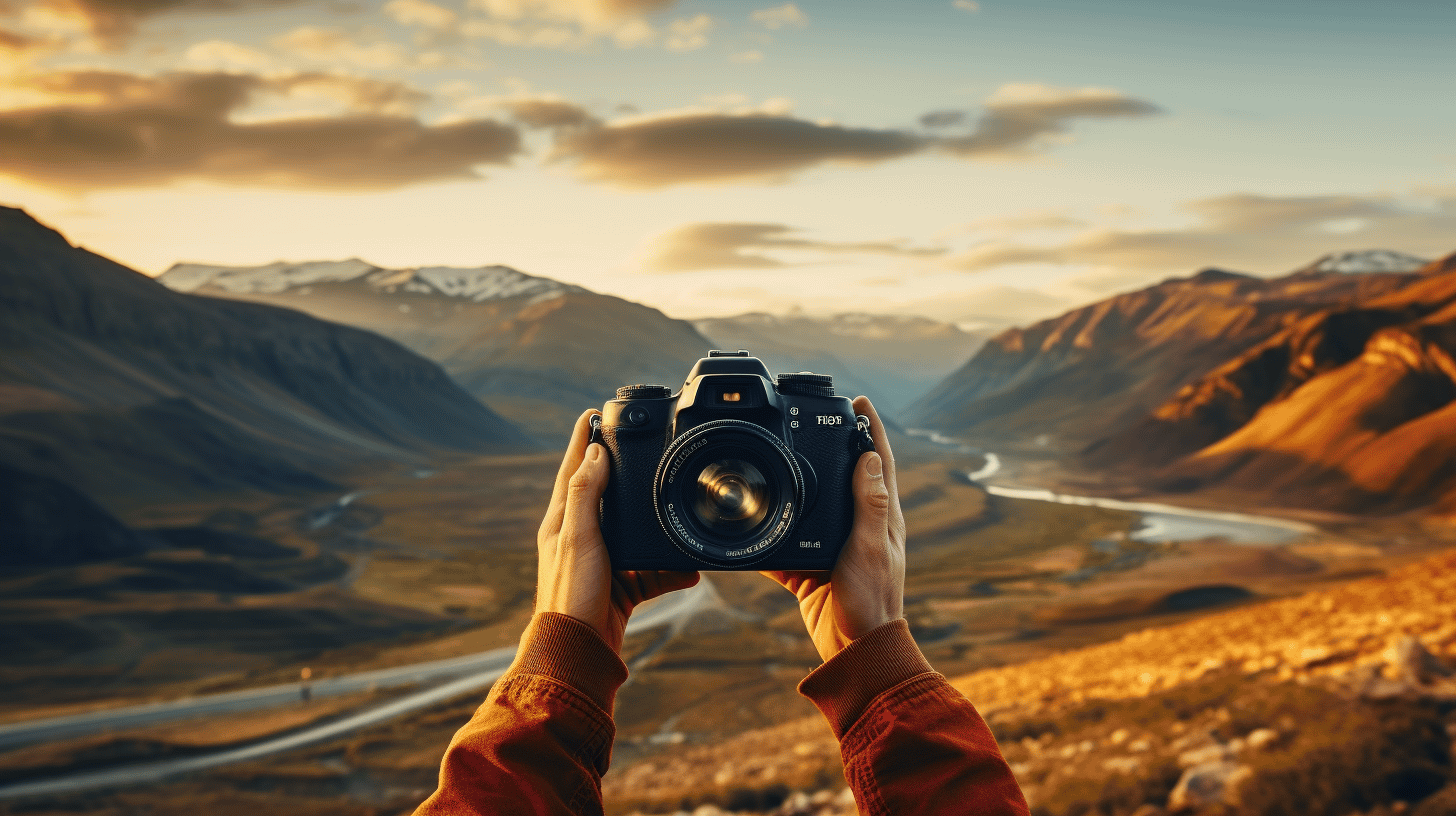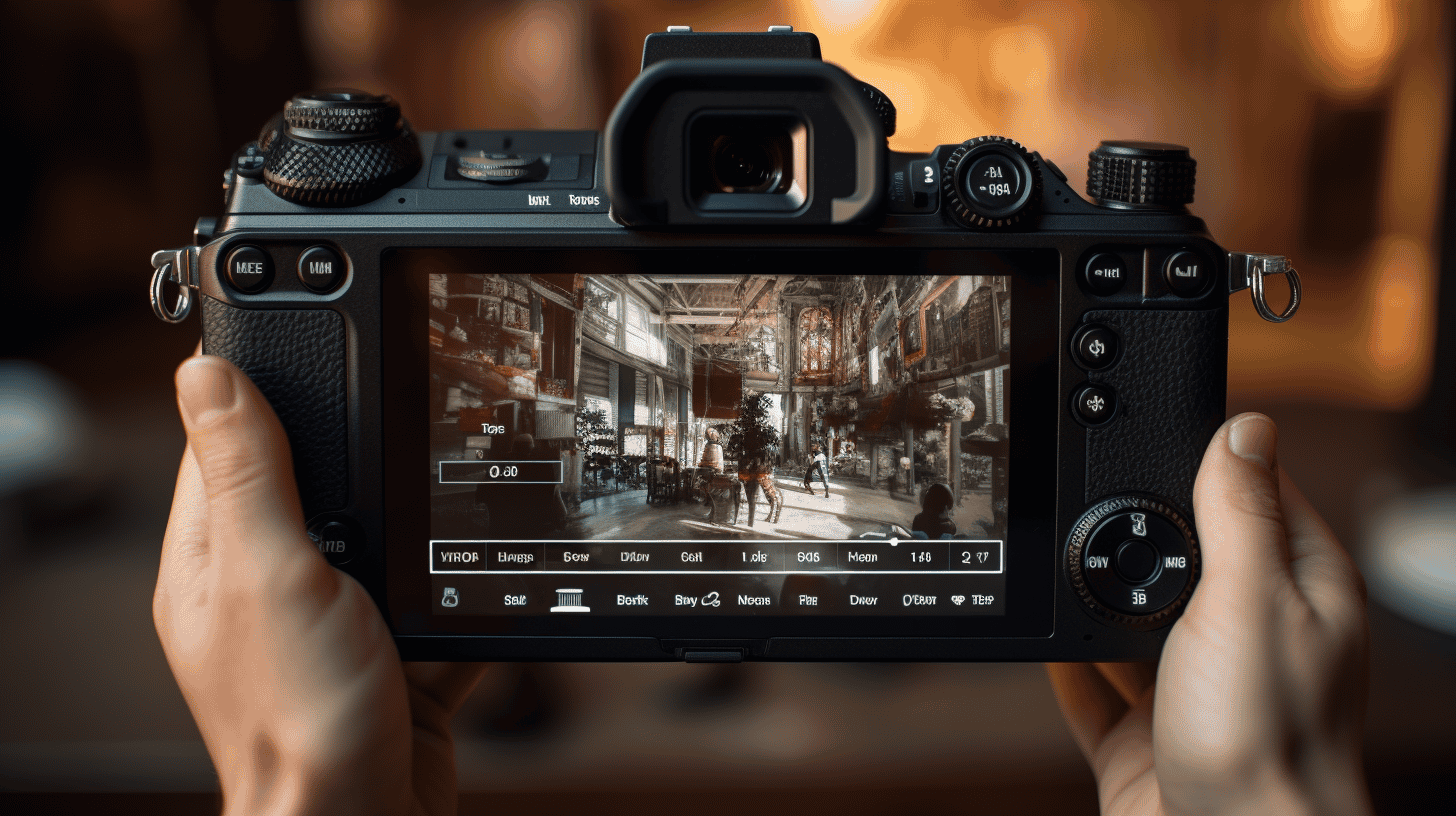In the world of photography, post-processing is an essential skill that can greatly enhance the final result of your images. A powerful image editor is crucial to achieve professional and captivating results. However, with so many options available, it can be challenging to determine which image editor is best suited for your needs. In this article, we will compare some popular image editors, discuss their unique features, and provide you with the ultimate tricks and techniques to master your editing skills.
Table of Contents
- Quick Start Guide to Choosing an Image Editor
- Tricks and Techniques for Image Editing
- Image Editor Comparison
- Best Practices for Using Image Editors
- Conclusion
Quick Start Guide to Choosing an Image Editor
Before learning the ins and outs of image editing, it’s essential to choose the right software. Here are some factors to consider when selecting an image editor:
- Compatibility with your operating system: Make sure the editor works seamlessly with your computer’s OS (Windows, macOS, or Linux).
- Format support: Ensure the editor can handle the file formats you work with, such as RAW, JPEG, TIFF, etc.
- Essential editing features: Your chosen editor should offer basic editing tools like crop, resize, brightness/contrast adjustments, and color correction.
- Advanced editing tools: Depending on your needs, you may require advanced features like layers, masks, filters, and retouching tools.
- User interface and learning curve: An intuitive user interface and tutorials are helpful for mastering the software quickly.
- Price: Compare price points to find an editor that fits your budget, whether it’s a one-time payment or subscription-based.
Tricks and Techniques for Image Editing
Once you’ve chosen your image editor, it’s time to explore the tricks and techniques that will take your editing skills to the next level. Here are some tips to get you started:
1. Master keyboard shortcuts
Keyboard shortcuts can significantly speed up your editing process. Familiarize yourself with the essential shortcuts for common tasks, such as zooming in and out, switching between tools, and saving your work.
2. Learn how to use layers and masks
Layers and masks are powerful features that allow you to work non-destructively on your images. Understanding how to use these tools will enable you to make selective adjustments and create complex compositions effortlessly.
3. Understand color theory and color grading
Learning about color theory helps you make informed decisions when adjusting colors in your images. Color grading involves fine-tuning the color palette of your image to achieve a specific mood or atmosphere.
4. Use the histogram and curves for exposure adjustments
Reading the histogram provides valuable information on the exposure levels of your image. Curves adjustments allow for precise control over the tonal range in your photo.
5. Employ selective sharpening and noise reduction
Properly sharpening and reducing noise in your images can make them appear clearer and more professional. Apply these effects selectively for optimal results.
Image Editor Comparison
To help you decide on the best image editor for your needs, we have compared the features, pros, and cons of some popular software:
| Image Editor | Features | Pros | Cons |
|---|---|---|---|
| Adobe Photoshop | Layers, masks, filters, retouching tools, extensive format support | Professional-grade, industry standard | Expensive, steep learning curve |
| Adobe Lightroom | Non-destructive editing, RAW processing, catalog organization | Great for photographers, easy to learn | Limited compared to Photoshop |
| GIMP | Similar features to Photoshop, open-source | Free, customizable interface | Less polished than other options |
| Paint.NET | Basic editing tools, layers, easy to use | Free, lightweight, user-friendly interface | Lacks advanced features |
| Corel PaintShop Pro | Similar to Photoshop, but more affordable | Less expensive, easy-to-use interface | Windows only, fewer features than Photoshop |
Best Practices for Using Image Editors
Finally, here are some best practices to keep in mind when editing your photos:
- Always work on a duplicate or a separate layer, so you don’t accidentally overwrite the original image.
- Adjust your monitor’s brightness, contrast, and color settings to ensure accurate displays while editing.
- Edit at 100% zoom to see the true pixel-level details of your image.
- Save your work frequently and create backups of your files.
- Collaborate with others by sharing your project files, providing feedback, and learning from the edits of others.
Conclusion
Mastering your editing skills is critical for improving your photography and creating stunning, polished images. By choosing the right image editor, understanding essential techniques, and following best practices, you’ll be on your way to becoming an editing pro. Don’t forget to visit Wim Arys Photography for more photography tips, tutorials, and inspiration!




0 Comments